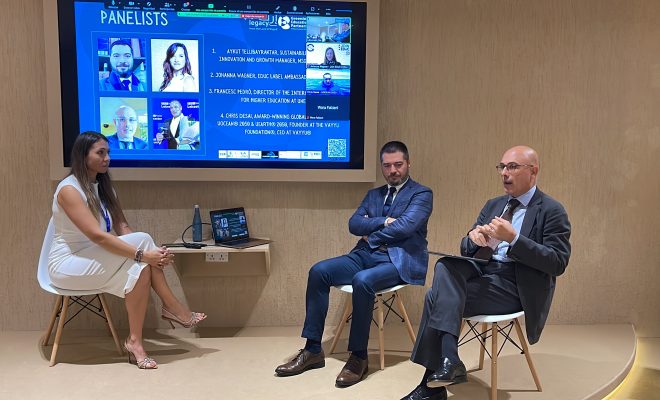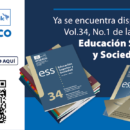Leaders for inclusion: strategies for the design and evaluation of inclusive policies

In today’s world, universities are not only centers of education and professional development, but also fundamental spaces for the promotion of inclusion and diversity. University inclusion is the process of creating an accessible and equitable educational environment for all students, regardless of their personal, social, or economic characteristics.
University leaders play a crucial role in promoting inclusion within their institutions. To ensure that all students have access to an equitable education, it is essential that these leaders integrate inclusion into the vision and mission of the university. This involves designing inclusive policies that are tailored to the specific needs of the university community, involving diverse groups in the decision-making process, and providing training on diversity issues.
The design of inclusive policies should be based on a thorough needs analysis, involving the community at every stage. Evaluation of these policies is equally important, with the establishment of indicators of success, ongoing monitoring and constant feedback. Only a dynamic and participatory approach can ensure that policies are truly inclusive and effective.
The role of leadership in university inclusion
University leaders, including presidents, deans, and program directors, have a vital responsibility in promoting inclusion. They not only define the vision and mission of the institution, but also influence the organizational culture, policies, and resources allocated to support diversity.
- Commitment and vision: Leaders must articulate a clear commitment to inclusion, integrating this vision into all aspects of university life. This involves setting specific goals for inclusion, which should be an integral part of the institution’s strategic plan.
- Role models for inclusion: Leaders should become role models, demonstrating inclusive behaviors and fostering an environment of mutual respect and support. It is essential that they actively participate in inclusion initiatives and promote the participation of the entire university community in these activities.
- Training and awareness: It is essential that leaders promote training and awareness programs on diversity and inclusion issues for all members of the university community, including students, faculty, staff and administrators. These programs should address issues such as discrimination, unconscious bias, and accessibility.
Strategies for inclusive policy design
Inclusive policy design should be a participatory, data-driven process tailored to the specific needs of the university community. Below are some key strategies:
- Needs assessment: Before designing policies, it is critical to conduct a thorough needs analysis of the university community. This may include surveys, focus groups, and consultations with students and staff of diverse backgrounds and abilities.
- Diversity in decision making: Including diverse voices in the decision-making process is crucial. This means involving representatives of different groups on university committees and governing bodies. Representation of students with disabilities, international students, and other minority groups is essential to ensure that policies are truly inclusive.
- Developing specific policies: Inclusive policies should address key areas such as access to education, academic support, participation in university life, and accessible infrastructure. Examples of such policies may include tutoring programs, counseling services, reasonable accommodations for students with disabilities, and the creation of safe spaces for students of diverse gender identities and sexual orientation.
The Inclusion 360°: Redefining Higher Education program, a new initiative aimed at promoting inclusion in higher education in Latin America and the Caribbean, has opened the registration period for the course Leaders for Inclusion: Strategies for the Design and Evaluation of Inclusive Policies (in Spanish). This course is designed to train leaders committed to the creation of fairer and more accessible educational environments.
It is a proposal designed from a participatory and collaborative methodological approach that will be led by international teachers with extensive experience in inclusive education. Throughout the training, participants will be advised by a mentor who will accompany them in the process of designing and evaluating their own Inclusion Plan. In this way, we contribute to diversity not only being accepted by institutions, but also promoted as the most appreciated resource.
RELATED ITEMS








